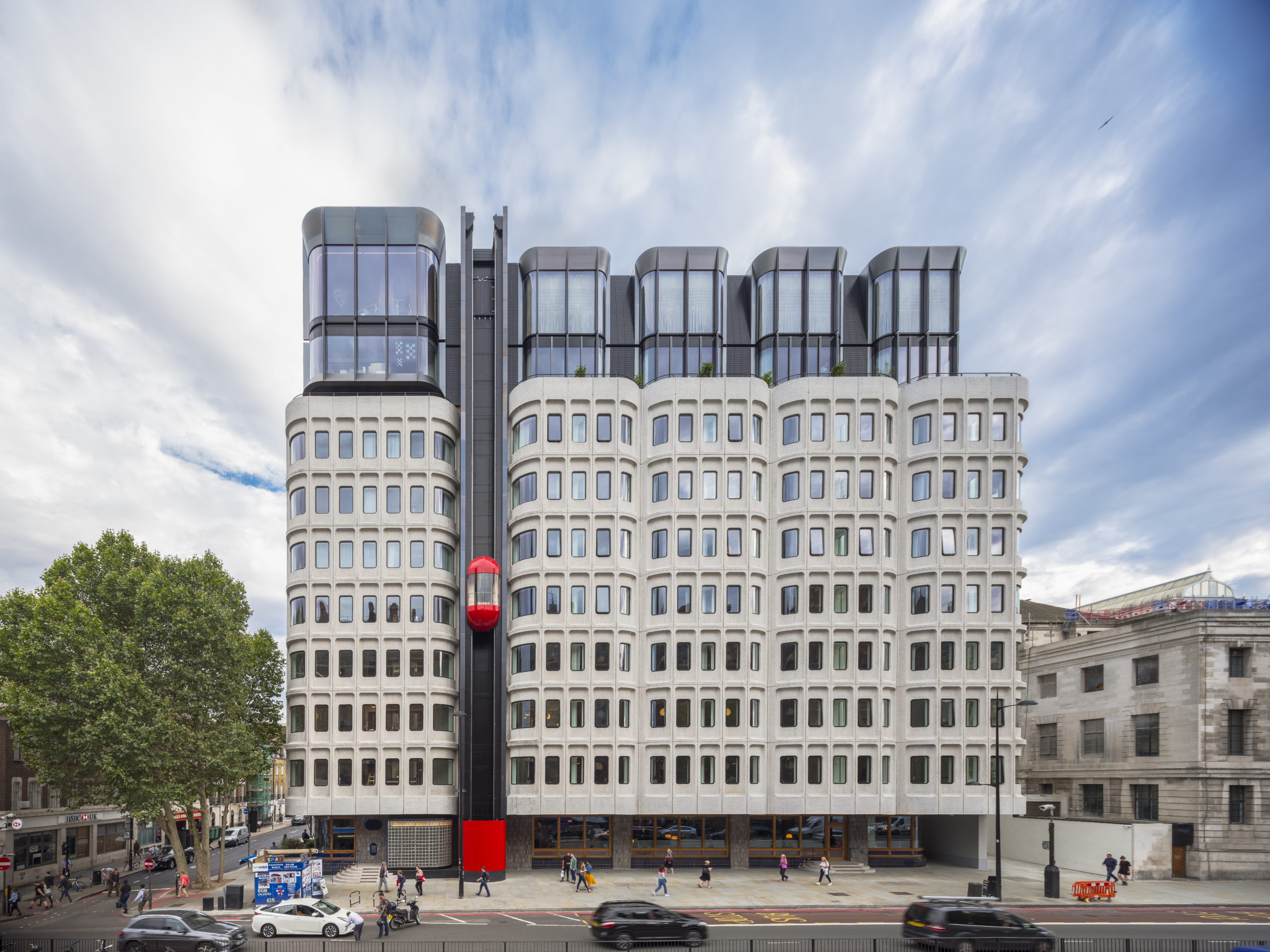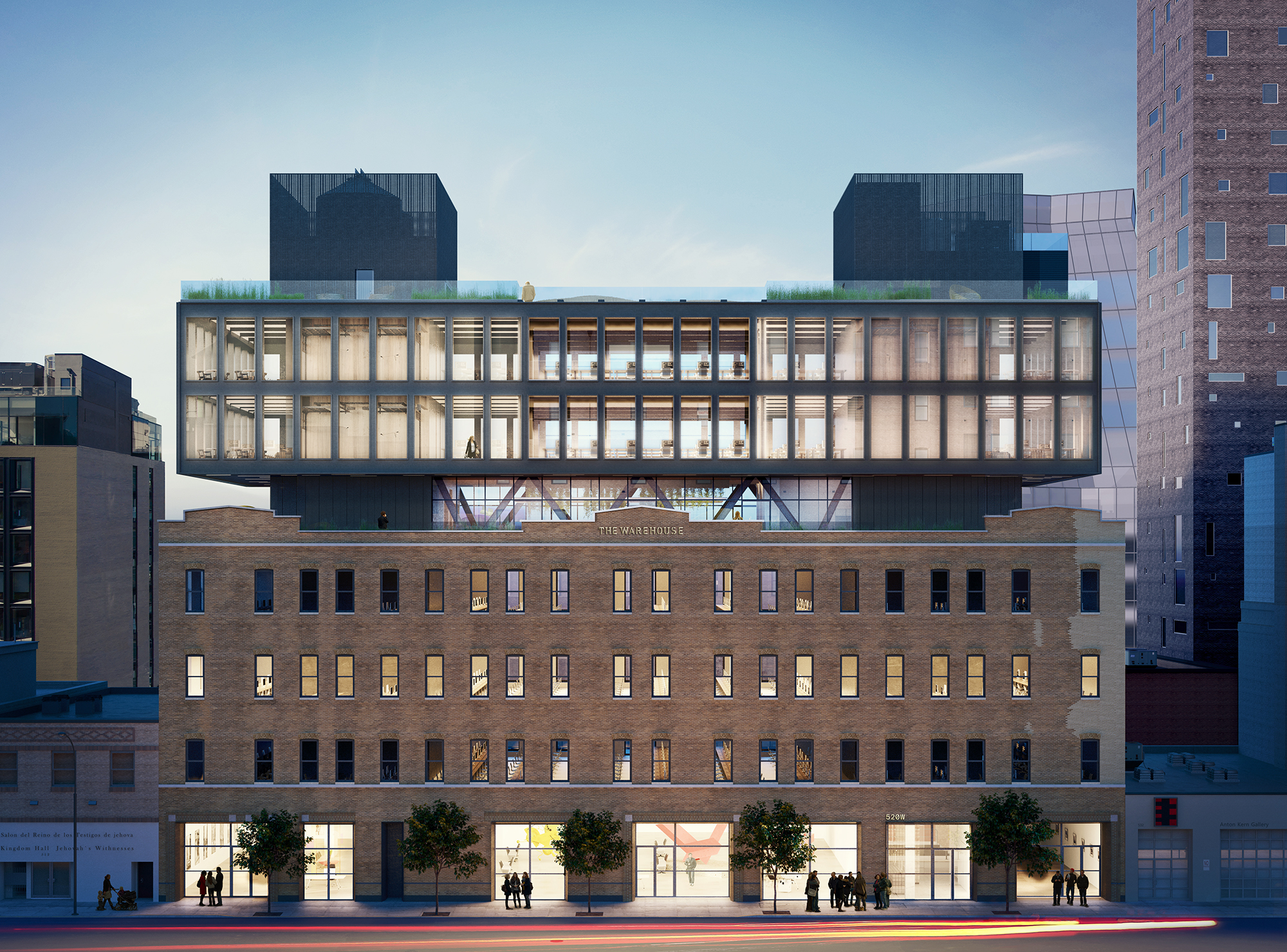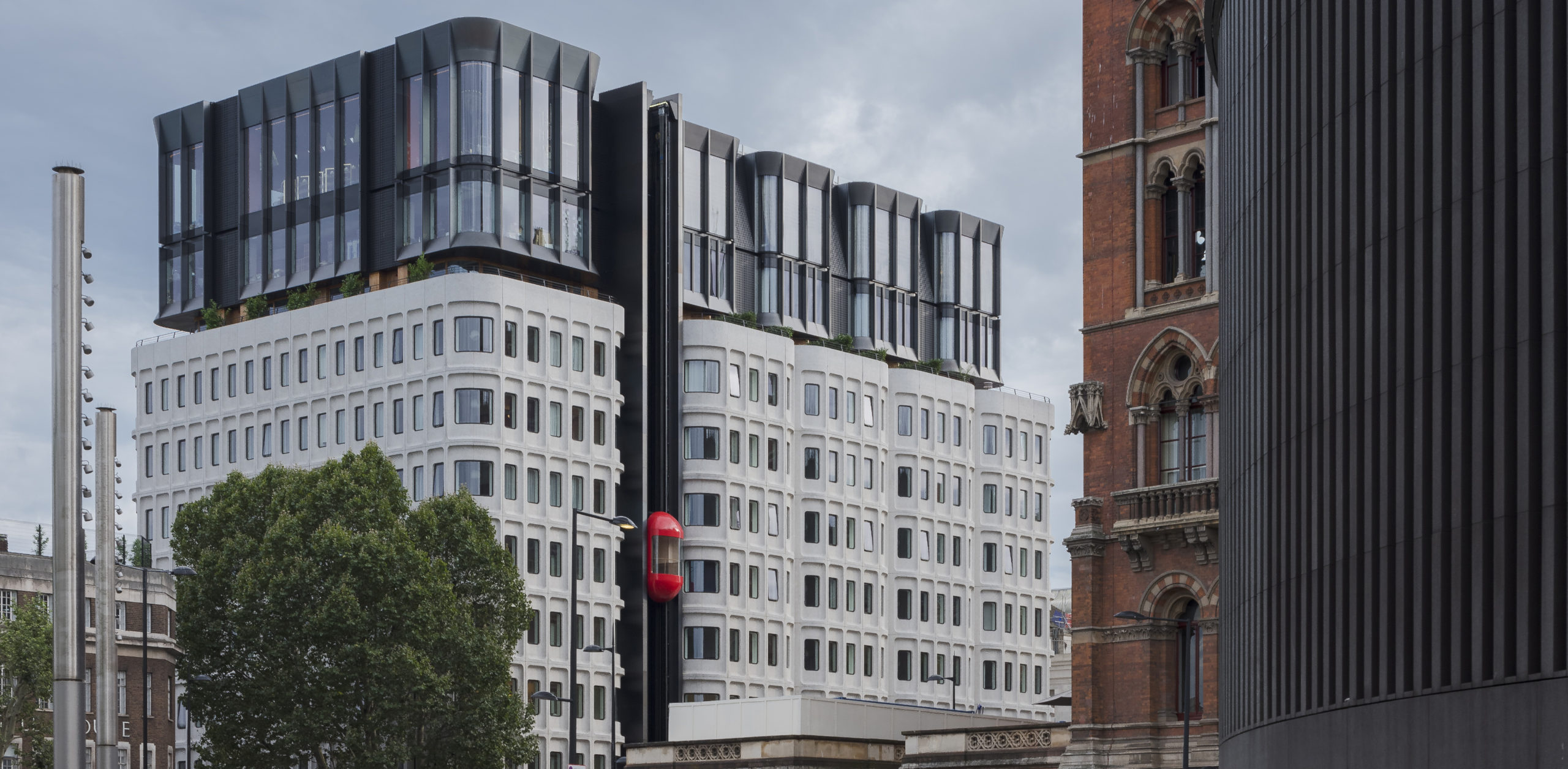For most of us, the idea of knocking down buildings to replace them with something shiny and new isn’t problematic; in fact, for most architects, that is precisely what’s keeping them in a job. As long as the building in question is sufficiently battered, broken, and/or unanimously considered unattractive, tearing it down to make way for a modern alternative is part and parcel of the job description. Honestly, adaptive reuse rarely comes into question unless the building in disarray happens to be of historical or cultural significance and even then, it’s not a given. However, our fondness for demolishing buildings that are no longer fit for purpose or — god forbid — are out of fashion, is incredibly unsustainable and wasteful.
Depending on the context, adaptive reuse can be referred to as property rehabilitation, historic redevelopment or simply renovation. Regardless of the name, the process and overall goal remains the same: to rescue discarded, disheveled buildings from a destructive fate and bestow in them a new purpose and a new life.
Contrary to this logic, cities have long been places that showcase the best and brightest of architectural trends and talents. For centuries, cities have been hotbeds of the latest building styles, materials and processes, and the top names in architecture are most often the desired designee for these innovative projects. However, as time marches forward and the world continues changing, more and more buildings are in need of renovation and rejuvenation. Many desperately so.

The Standard by Orms, London, United Kingdom
2021 A+Awards, Hotels & Resorts
Financial commitments and subsequent personal financial collapse are often the reasons for buildings being left to their own devices. They are abandoned by owners who can no longer afford their upkeep. Over time they become part of the landscape, slowly rotting away, becoming less inhabitable by the day. Derelict buildings often attract their human equivalents; the abandoned, the overlooked and the downtrodden of society — namely those in need of shelter — can inhabit these rejected spaces freely. Soon, as the local demographic shifts, what was once one abandoned building becomes four and then ten and a short while later, whole neighborhoods stand unrecognizable from what they once were.
Next is a sequence of events we are all familiar with. The now rundown and neglected neighborhood establishes a reputation for crime and disorder; there is lack of economic opportunity and city governments may overlook crucial infrastructural upkeep. Yet, sometimes — often years later — someone takes note of the buried potential, and the powers-at-be decide it’s time for a new era. Subsequently, the old neighborhood is flattened and brand new, modern, fashionable apartments, homes and urban spaces are erect in its place.

520 West 20th Street by Morris Adjmi Architects, New York, NY, United States
Jury Winner, 2021 A+Awards, Architecture +Adaptive Reuse
Sounds great, right? In some ways, yes, in others, absolutely not. The truth of the matter is that there are two major issues with the current model. Firstly, waste. The amount of waste generated from demolishing buildings is astronomical, and despite many businesses in that line of work taking an active approach in repurposing as much of the material as they can, the carbon footprint of demolition is undeniably gigantic, not to mention the airborne pollutants that are generated in the process.
The second issue is the historical and cultural loss. As noted, adaptive reuse is often favored when discussing buildings of historical significance; however, just because a building was not designed by a famous architect 200-years ago does not mean it is not culturally significant. In fact, as is the case in urban areas across the world, city identity is less tied to their iconic architectural landmarks than it is to their everyday homes. Take Amsterdam, for example; it is instantly recognizable by the homes set on either side of its cobbled streets. By replacing swathes of older city homes rather than modernizing and repairing them. The character of city neighborhoods slowly disappears, and along with it, the city’s sense of identity and uniqueness.

Baoshan WTE Exhibition Center by KOKAISTUDIOS, Shanghai, China
Jury Winner, 2021 A+Awards, Gallery & Cultural Space
Many public and private authorities vote against adaptive reuse, citing time, effort and affordability as reasons to avoid taking on the challenge and, as much as I hate to admit it, their reluctance is not entirely misplaced. As anyone who has taken part in a renovation project at any scale can attest, repairing and repurposing a building that is already standing is never simple. That being said, the benefit of what is retained is undoubtedly invaluable. By adapting and modernizing what already exists, we can rejuvenate neighborhoods, creating vibrant, purposeful spaces filled with the history and heritage of their past life. Resurrection over replacement.
Adaptive reuse is the conscious decision to preserve the past while planning for the future. It is a way to breathe new life into underdeveloped and neglected neighborhoods. It is a way to unite communities and give them pride in their spaces. Adaptive reuse is a way to stimulate economies, requiring time and skill as well as systems. Every year, millions of adaptive reuse projects take place, churches into restaurants, fire stations into nightclubs, ancestral homes into garden centers. As the world changes, so do our needs and priorities but surely wiping the slate clean and starting again only resigns us to a cycle of destruction as opposed to — in my opinion — the much more exciting prospect of exploring our creativity.









